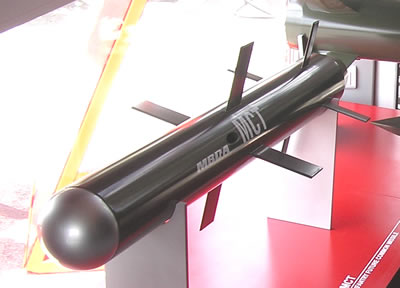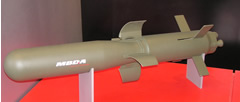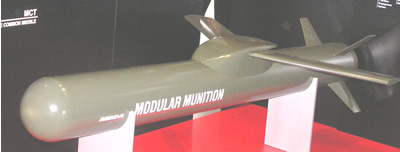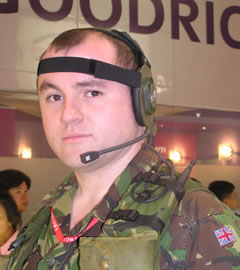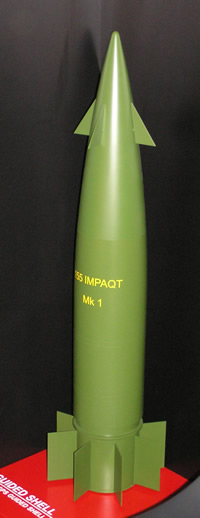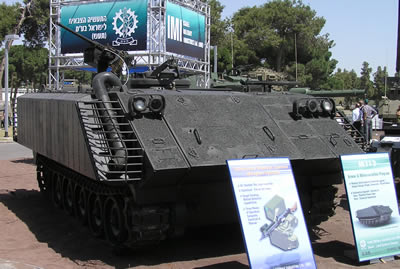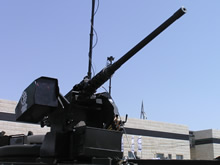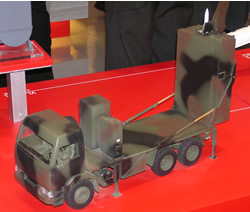Medium Extended Air Defense System (MEADS), currently in development phase, will provide joint lower-tier air defense, missile defense and cruise missile defense for maneuver forces. As an international program shared by Germany, Italy and the United States, MEADS will introduce a mobile air defense system designed to replace Patriot systems in Germany and the United States, and Nike Hercules systems in Italy. MEADS incorporates the hit-to-kill PAC-3 Missile in a new system that includes surveillance and fire control sensors, battle management and communication centers and highly mobile lightweight launchers. The Patriot advanced capability-3 missile will serve as the initial interceptor. By the use of modern open architecture, the system will offer improved battlefield protection and flexibility, for the protection of maneuver forces as well as point defense and area defense, from tactical ballistic missiles, cruise missiles, unmanned aerial vehicles and aircraft attacks.
MEADS includes a lightweight launcher, 360-degree fire control and surveillance radars and plug-and-fight battle management command and control abilities not found in current systems. MEADS will operate in an enclave with upper-tier systems in areas of debarkation and assembly. It will also provide continuous coverage alone or with forward-area air defense systems in the division area of the battlefield during movement to contact and decisive operations.
The system is developed by MEADS International, Inc. – a multinational joint venture headquartered in Orlando, FL, MEADS International’s participating companies are MBDA-Italia, the European Aeronautic Defence and Space Company (EADS) and Lenkflugkorpersysteme (LFK) in Germany, and Lockheed Martin in the United States.

